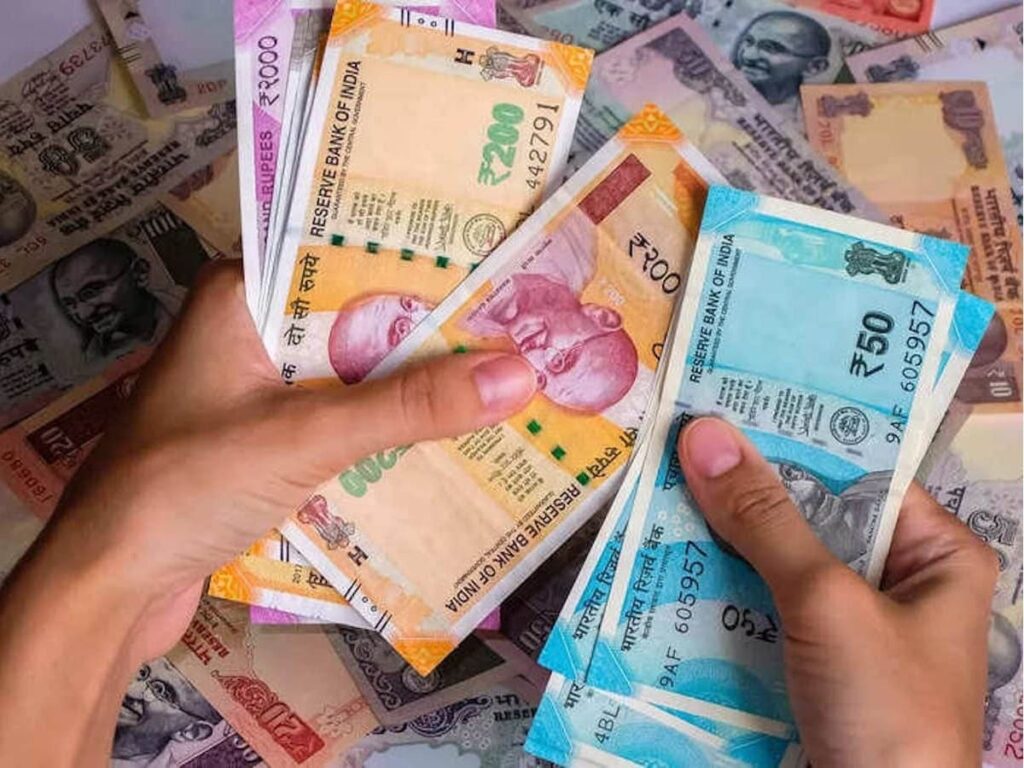The 7th Pay Commission plays a critical role in shaping the compensation structure of central government employees in India. One of its significant functions is to address the challenges posed by rising inflation and the increasing cost of living. To help employees manage these economic pressures, the government announces Dearness Allowance (DA) twice annually, specifically in January and July. This systematic adjustment is crucial for maintaining the purchasing power of government employees and ensuring their financial well-being.
Understanding Dearness Allowance (DA)
Dearness Allowance is a cost of living adjustment that is added to the basic salary of employees. It is designed to mitigate the effects of inflation and ensure that employees can maintain their standard of living. The calculation of DA is based on the Consumer Price Index (CPI) and is reviewed periodically.
Importance of DA in the 7th Pay Commission
The 7th Pay Commission has proposed a significant revision in the structure of salaries and allowances for central government employees. This includes a comprehensive methodology for calculating the DA. The importance of DA can be highlighted in the following points:
- Inflation Protection: DA protects employees from the adverse effects of inflation.
- Financial Stability: Regular adjustments help in financial planning and stability for employees.
- Employee Retention: Competitive compensation packages are key to retaining government talent.
DA Calculation Mechanism
The calculation of Dearness Allowance involves a detailed formula that takes into account inflation rates and cost of living metrics. The formula is generally derived from the following indices:
| Parameter | Details |
|---|---|
| Base Year | 2001 (considered for CPI calculation) |
| Consumer Price Index (CPI) | Measured for industrial workers, used for DA calculation |
| Methodology | (CPI for current month – CPI for base year) / CPI for base year * 100 |
Recent Trends and Adjustments
In recent years, the government has witnessed a pattern of frequent adjustments to the DA to align with economic indicators. For instance, the DA has seen increases in response to significant spikes in inflation rates, reflecting the government’s commitment to ensuring employee welfare. The government also reviews the DA percentage based on economic parameters and trends, such as global economic conditions or national economic reforms.
Conclusion
The implementation of the 7th Pay Commission and regular adjustments to the Dearness Allowance provide essential support to central government employees in India amidst fluctuating economic conditions. By reviewing and adjusting the DA biannually, the government demonstrates its commitment to protect employees from inflation and to uphold their financial stability. As inflation continues to challenge economic growth, such measures become indispensable in sustaining the livelihood of countless government employees across the nation.
